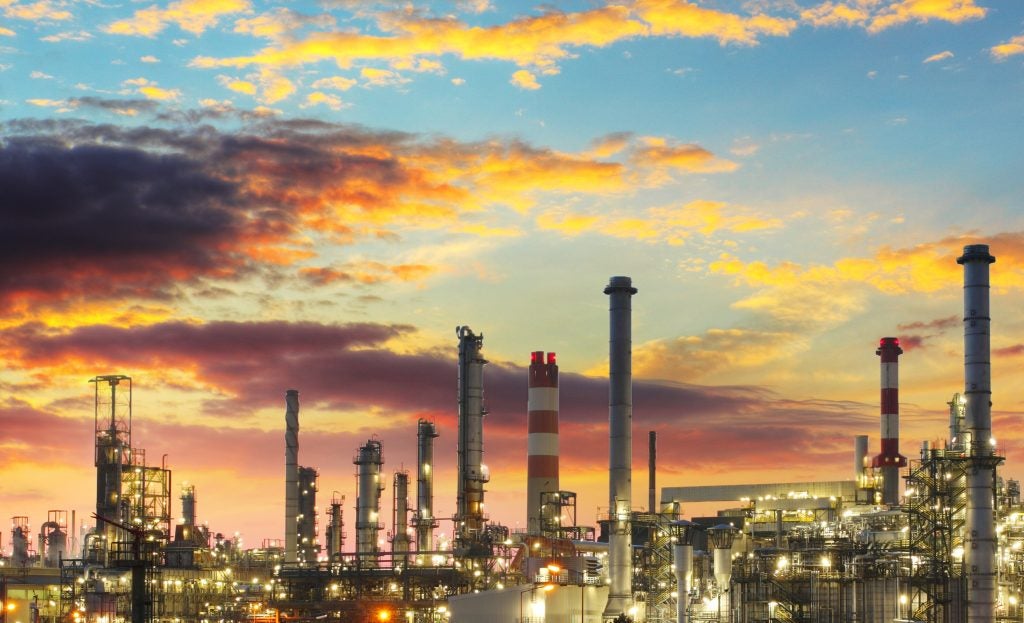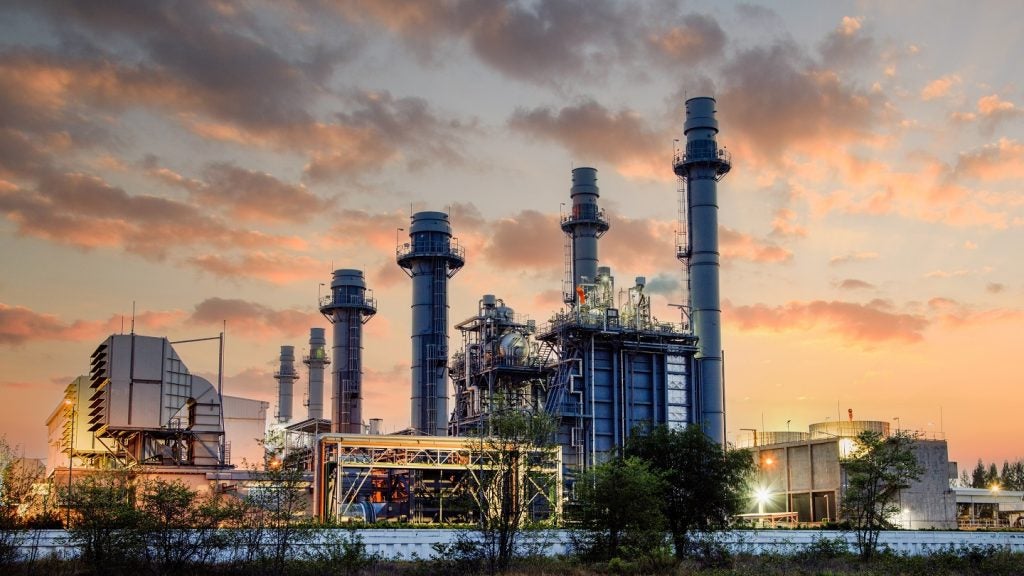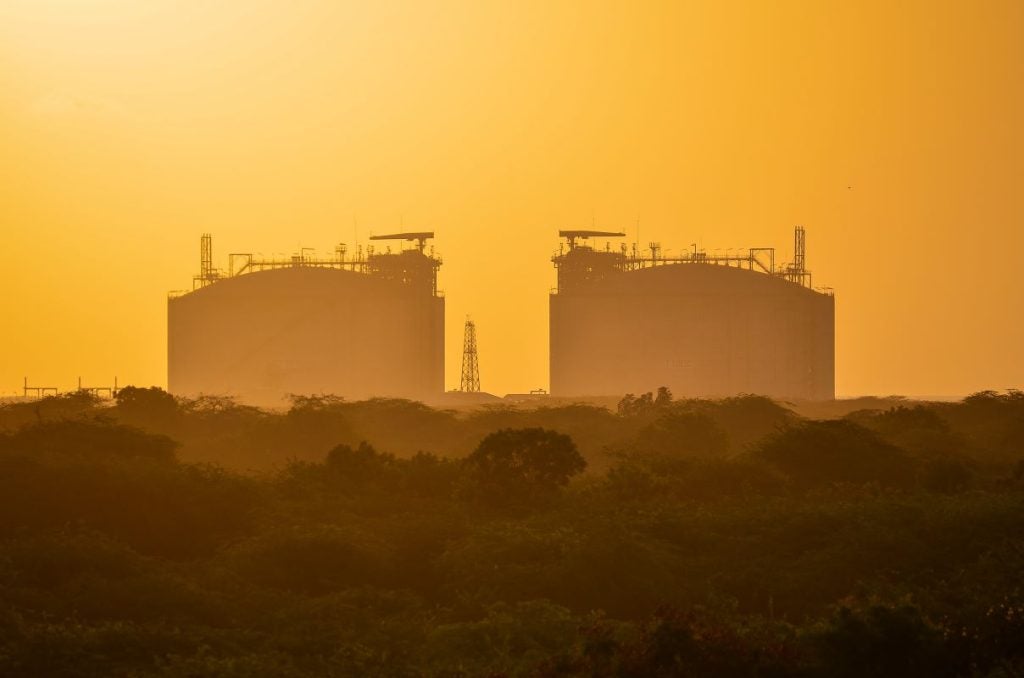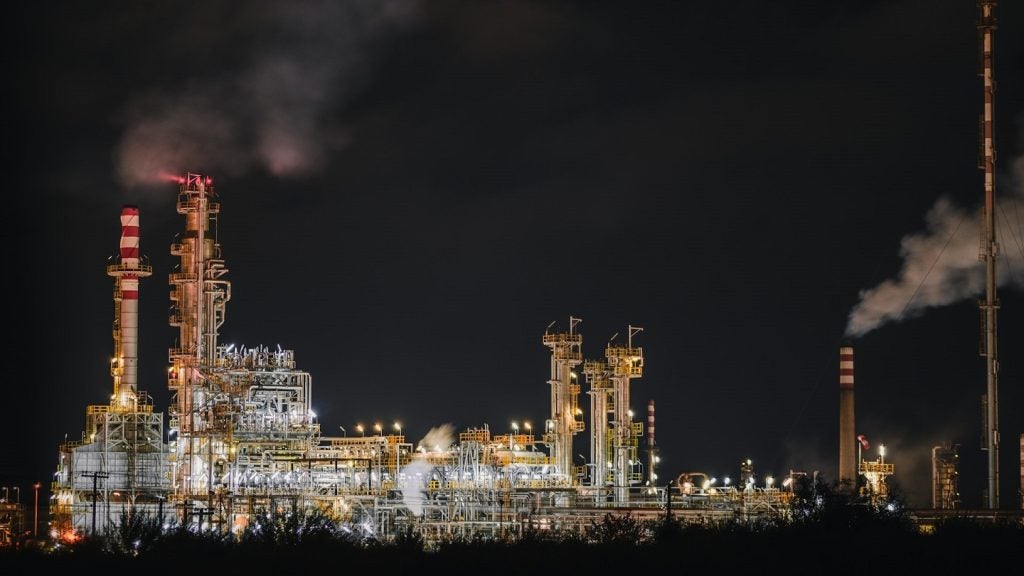The 1,200km-long, upcoming Kalija II project will be operated by PT Bakrie & Brothers. According to GlobalData, who tracks more than 8,000 active and developing pipelines worldwide, the onshore, shallow water gas pipeline, with a maximum diameter of 36 inches, will start in East Kalimantan (Indonesia) and ends in Central Java (Indonesia). Buy the profile here.
The Kalija II project is expected to commence operations in 2028 and will be owned by PT Pertamina (Persero) and PT Bakrie & Brothers.
The Kalija II project is associated with the 207km Kalija I.
About PT Bakrie & Brothers
PT Bakrie & Brothers Tbk (Bakrie & Brothers) is a diversified investment company. It carries out construction, general trading, coal mining, agribusiness, oil and gas, and telecommunication business. The company manufactures steel pipes, building materials, and automotive components. Its auto parts business offers general engineering castings, automotive components, brake drums, flywheel, brake discs, hub, parking brake drum, bracket generator, and others; and building materials business manufactures cement-fibre for the roof. Key clients for automotive include Mitsubishi, Isuzu, Hino, Daihatsu, Suzuki, Yamaha, Honda, and ASTRA Otoparts for Bakrie Autoparts. It had major clients for non-automotive include Komatsu, Yanmar and Caterpillar for Bakrie Autoparts. The company also executes infrastructure projects such as toll roads, electricity, oil and gas, gas, and pipeline, ports, and telecommunications. Bakrie & Brothers is headquartered in Jakarta, Indonesia.
For more details on the Kalija II gas pipeline, buy the profile here.
Data Insights
From

The gold standard of business intelligence.
Blending expert knowledge with cutting-edge technology, GlobalData’s unrivalled proprietary data will enable you to decode what’s happening in your market. You can make better informed decisions and gain a future-proof advantage over your competitors.







